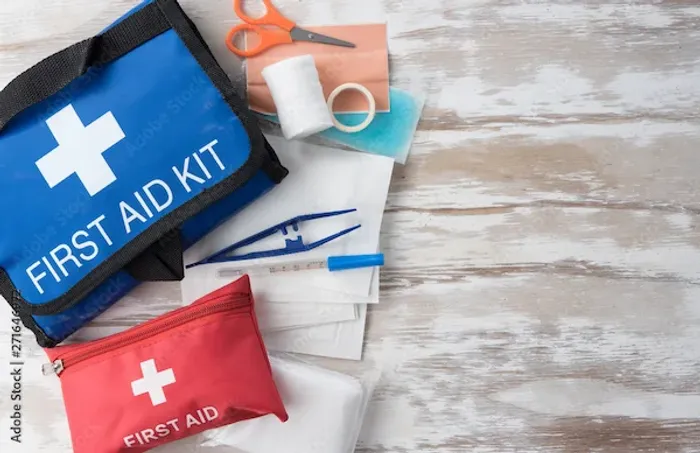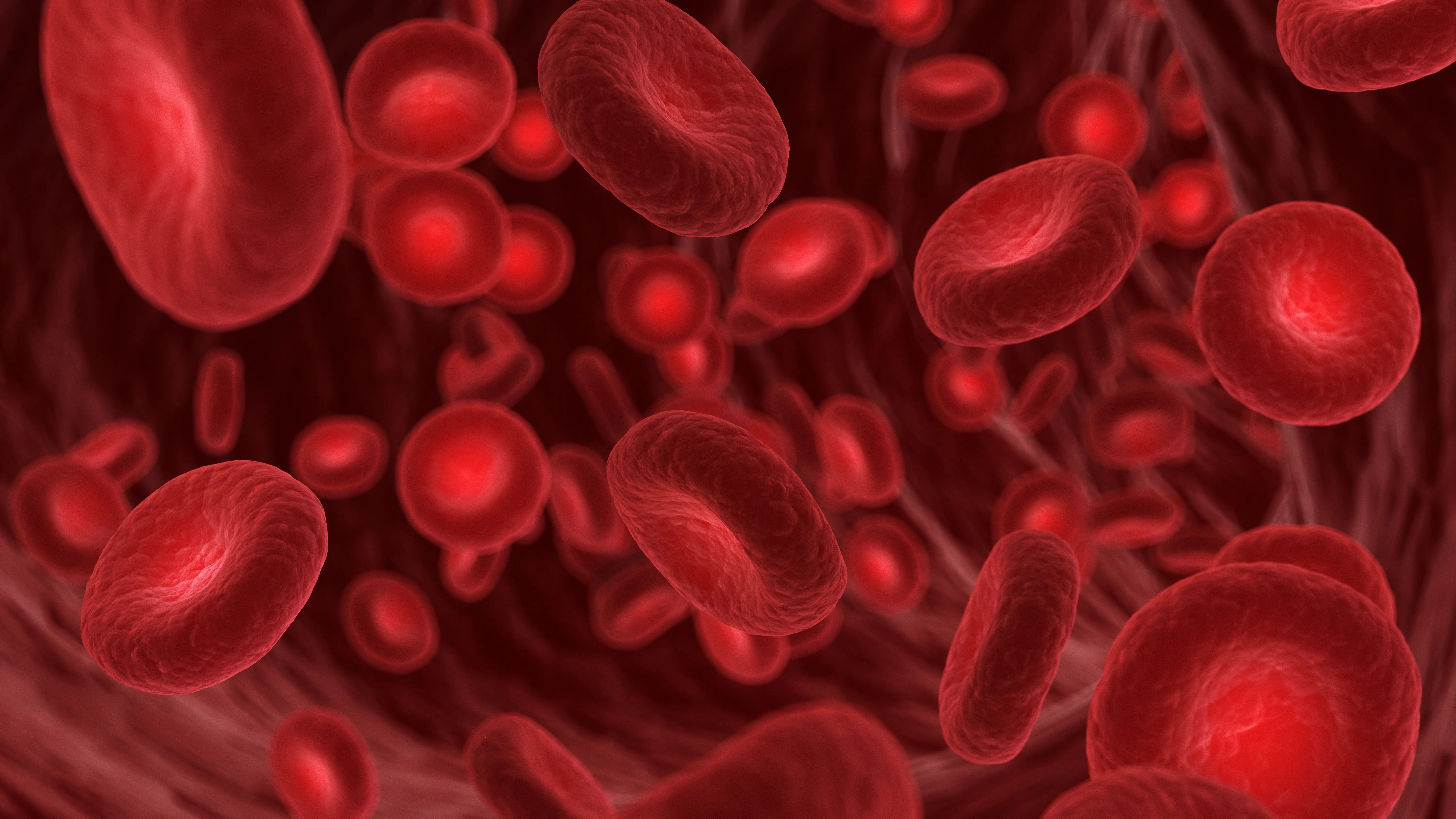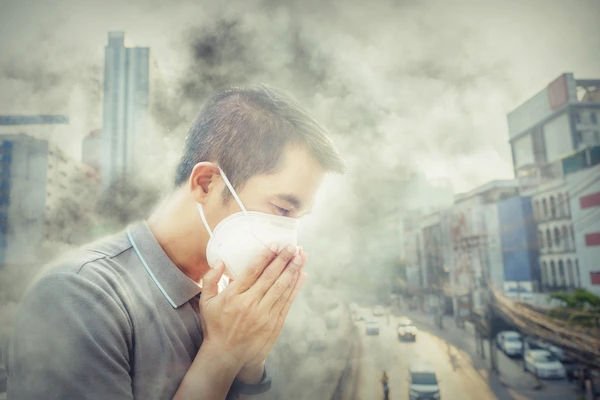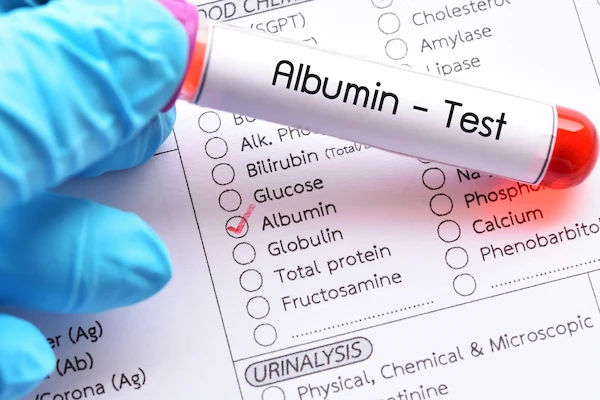First Aid for Accident Patients
Learn essential first aid for accident patients. This comprehensive guide covers immediate steps, CPR, bleeding control, managing shock, and when to call for emergency help to save lives.

Written by Dr. Shaik Abdul Kalam
Reviewed by Dr. Rohinipriyanka Pondugula MBBS
Last updated on 11th Aug, 2025

Introduction
Accidents can happen anytime, anywhere—on the road, at home, or even at work. Knowing basic first aid can make a huge difference in saving a life or preventing further harm. Whether you're a bystander, a family member, or a caregiver, understanding what to do in an emergency can be the key to helping someone in need.
This guide will walk you through essential first aid steps for accident patients in a simple, easy to follow way.
Why First Aid Matters?
First aid is the immediate care given to an injured or ill person before professional medical help arrives. It can:
Prevent the condition from worsening (e.g., stopping bleeding).
Reduce pain and suffering.
Improve the chances of recovery.
Save lives in critical situations.
Basic First Aid Steps for Accident Victims
Basic first aid steps for accident victims:
1. Stay Calm and Assess the Situation
Check for danger: Before helping, ensure the area is safe for you and the victim (e.g., no fire, traffic, or falling objects).
Call for help: Dial emergency services (108 or 112 in India) immediately if the injury is serious.
2. Check the Victim’s Condition
Is the person conscious? Gently tap their shoulder and ask, "Are you okay?"
If unconscious, check for breathing (look for chest movement, listen for breath sounds).
If not breathing, start CPR (Cardiopulmonary Resuscitation) if trained.
3. Control Bleeding
Apply direct pressure on the wound with a clean cloth or bandage.
Elevate the injured limb (if possible) to reduce blood flow.
Do not remove embedded objects (like glass or metal)—apply pressure around them.
4. Treat Burns (If Applicable)
Cool the burn under running water for 1015 minutes.
Cover with a sterile dressing—avoid using ice, butter, or ointments.
5. Handle Fractures or Sprains
Do not move the injured limb unless necessary.
Immobilize the area with a splint or rolledup newspaper.
Apply ice (wrapped in cloth) to reduce swelling.
6. Manage Shock (If the Person is Pale, Cold, or Dizzy)
Lay them down and elevate their legs slightly (unless they have a head, neck, or back injury).
Keep them warm with a blanket.
Do not give food or water in case surgery is needed.
7. Help with Choking (If the Person Can’t Breathe)
Perform the Heimlich maneuver: Stand behind them, place fists above their navel, and give quick upward thrusts.
8. Do Not Move a Person with a Suspected Spinal Injury
Keep their head and neck still—wait for professional help.
Health Topic Carousel:
Doctor Speciality: General Physician
Text : Consult Top General Physician
What NOT to Do in an Emergency?
Don’t give water or food to an unconscious person.
Don’t remove a helmet in case of a head injury.
Don’t pull out embedded objects (like glass or metal).
Don’t rub or massage a sprain or fracture.
When to Seek Professional Help Immediately?
Some injuries require urgent medical attention. Rush to the hospital or call an ambulance if the victim has:
Severe bleeding that doesn’t stop.
Unconsciousness or difficulty breathing.
Chest pain or signs of a heart attack.
Head injury with confusion or vomiting.
Broken bones sticking out of the skin.
How to Be Prepared for Emergencies?
Keep a first aid kit at home and in your car.
Learn basic CPR and first aid through training programs.
Save emergency numbers (108, 112, local ambulance) in your phone.
Final Thoughts
Accidents are unpredictable, but being prepared can save lives. By learning these simple first aid steps, you can provide crucial help in an emergency.
If you or a loved one has been in an accident and needs medical attention, Apollo 24|7 offers quick and reliable emergency care. You can book a consultation or schedule tests easily through the Apollo 24|7 app.
Stay safe, stay prepared, and remember—your quick actions can make all the difference!
Would you like to learn more about first aid training? Let us know in the comments!
Health Topic Carousel:
Doctor Speciality: General Physician
Text : Consult Top General Physician




